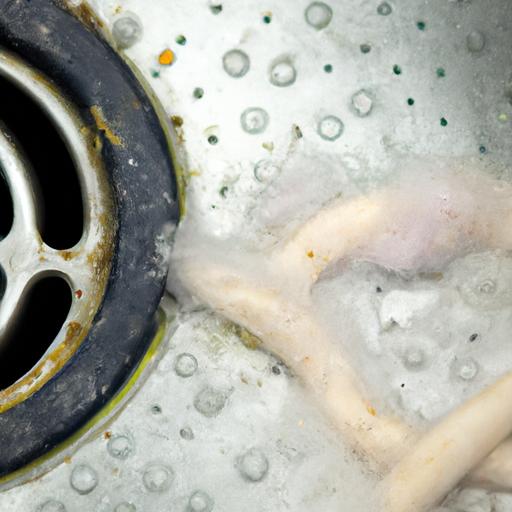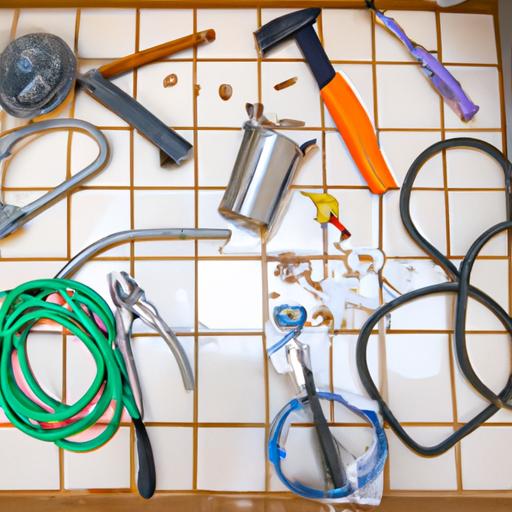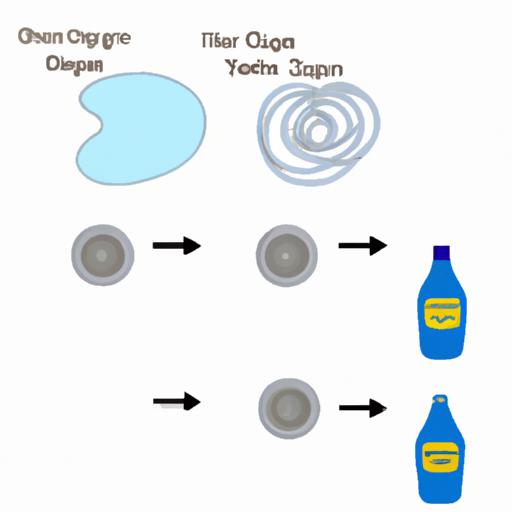How to Fix a Clogged Shower Drain: A Step-by-Step Guide
Introduction
Do you find yourself standing ankle-deep in water every time you take a shower? A clogged shower drain can be a frustrating and inconvenient problem to deal with. However, with a little know-how and the right tools, you can easily fix it yourself. In this article, we will guide you through the process of unclogging your shower drain, ensuring a smooth and hassle-free shower experience. So, let’s dive in and learn how to fix a clogged shower drain!

Understanding the Causes of a Clogged Shower Drain
Before we jump into the solutions, it’s important to understand what causes a shower drain to clog in the first place. The most common culprits include hair, soap scum, and mineral buildup. Over time, these substances accumulate in the drain pipe, leading to blockages that prevent water from flowing freely. By knowing the causes, you can take preventive measures to minimize the occurrence of clogs.

Tools and Materials Needed
To tackle a clogged shower drain effectively, you’ll need a few tools and materials. Here’s a list to help you get prepared:
- Plunger: A basic plunger can create suction to dislodge minor clogs.
- Drain Snake: A flexible tool that helps remove stubborn blockages deeper in the drain pipe.
- Baking Soda and Vinegar: A natural and chemical-free alternative to unclog drains.
- Screwdriver: Sometimes, removing the drain cover is necessary to access the clog.
Having these tools handy will make the unclogging process much smoother and more efficient.

Step-by-Step Guide to Unclogging a Shower Drain
Method 1: Using a Plunger
- Fill the shower with enough water to cover the plunger head.
- Place the plunger over the drain, ensuring a tight seal.
- Push and pull the plunger vigorously to create suction.
- Repeat this motion several times until the water starts draining freely.
Method 2: Using a Drain Snake
- Insert the drain snake into the drain until you feel resistance.
- Rotate and push the snake further to break up the clog.
- Slowly pull out the snake, bringing the clog with it.
- Run water to ensure the drain is clear.
Method 3: Using Baking Soda and Vinegar
- Pour a cup of baking soda down the drain.
- Follow it with a cup of vinegar.
- Let the mixture sit for about 30 minutes.
- Flush the drain with hot water to clear the clog.
Frequently Asked Questions (FAQ)
Can I use chemical drain cleaners to unclog the drain?
While chemical drain cleaners can be effective, they often contain harsh chemicals that can damage your pipes over time. It’s best to opt for natural alternatives like baking soda and vinegar or mechanical methods like plunging or using a drain snake.
How often should I clean my shower drain?
To prevent clogs, it’s recommended to clean your shower drain at least once a month. Regular maintenance will help keep your drain clear and avoid the accumulation of debris.
What if the clog doesn’t go away after trying these methods?
If the clog persists, it may be time to call a professional plumber. They have the expertise and tools to tackle more severe blockages and ensure the optimal functioning of your shower drain.
Conclusion
Dealing with a clogged shower drain doesn’t have to be a daunting task. By following the step-by-step guide outlined in this article, you can easily unclog your shower drain and restore its proper functionality. Remember to use the right tools, be patient, and take preventive measures to minimize future clogs. Don’t let a clogged shower drain dampen your showering experience—take action and enjoy a refreshing and hassle-free shower every time!
Disclaimer
The information provided in this article is intended for educational purposes only. While the methods described are generally safe and effective, it is always recommended to exercise caution and, if unsure, seek professional assistance to avoid any potential damage to your plumbing system.
